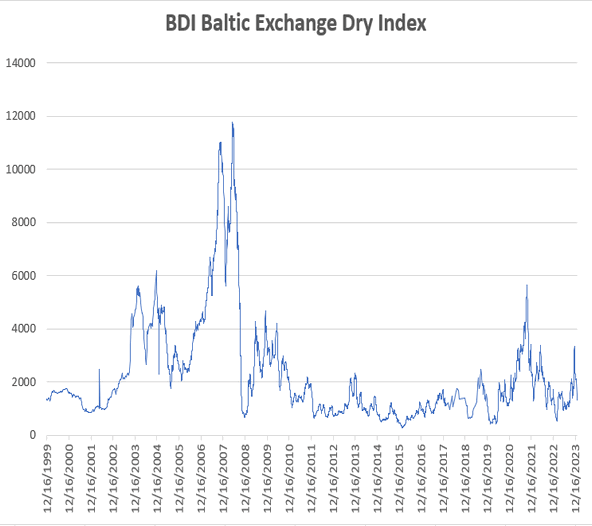- U1: Percentage of labor force unemployed 15 weeks or longer
- U2: Percentage of labor force who lost jobs or completed temporary work
- U3: Official unemployment rate per ILO definition
- U4: U3 + "discouraged workers", or those who have stopped looking for work because current economic conditions make them believe that no work is available for them
- U5: U4 + other "marginally attached workers", or "loosely attached workers", or those who "would like" and are able to work, but have not looked for work recently
- U6: U5 + Part time workers who want to work full time, but cannot due to economic reasons (underemployment)
This is how the U3, U4, U5 and U6 look like historically (seasonally adjusted):
- U3
- U4
- U5
- U6
In any case, the high U6 figure of 17% looks worrying.
How can employment recover?
One of the theory behind the recovery of the great depression was the start of WWII, where people are employed to manufacture weapons as well as participate in the war.
source of figures: http://www.bls.gov/webapps/legacy/cpsatab15.htm










No comments:
Post a Comment